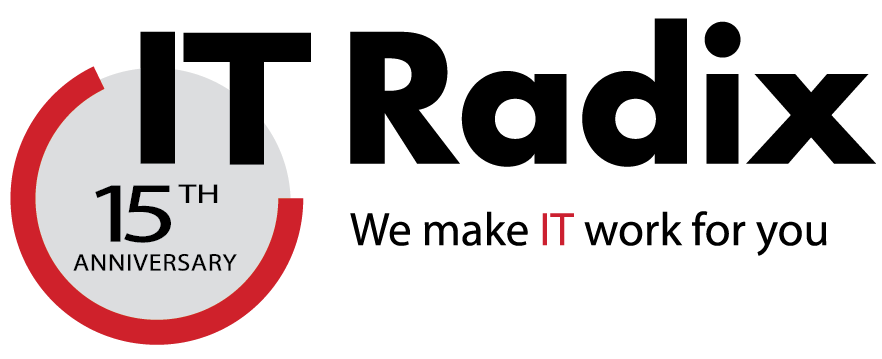In the world of technology, the concept of “End of Life” is a red flag and a time to take action. Once software goes End of Life (EOL), it still works. However, continuing to use end-of-life technology in your organization is risky. The smart business manager decides to act in advance of an EOL date to eliminate the dangers.
This is an important topic this year because as 2019 ends and 2020 begins, two major operating systems from Microsoft are going EOL: Windows 7 on user machines and Windows Server 2008 on server machines. As the year progresses, you will hear more and more about this. So, it makes sense to plan for this now to avoid inevitable risks.
The dangers and risks of using end-of-life technology (both hardware and software)
Increased security vulnerabilities
The first thing to know is that an EOL status means that the software provider will no longer issue security updates to address vulnerabilities. A firewall and anti-virus software alone are not enough protection because hackers constantly look to leverage un-patchable vulnerabilities. Keeping EOL operating systems in place is an open invitation for attracting malicious cybercriminals.
Most of the major breaches of the last decade were the result of companies using older operating systems. Because the operating system was no longer able to be patched and kept secure, these organizations enabled the breaches to occur (think Equifax, Target, Home Depot, etc.).
Incompatibility with future business applications
If you continue to use EOL operating systems, typically you cannot upgrade to the latest versions of business software applications that you use every day. New applications generally are not compatible with obsolete or EOL software. Leaving older technology in place limits the ability for any scalability of new applications.
Non-compliance with industry regulations
Many industries have regulations in place which require organizations within them to keep operating systems up to date. Keeping old operating systems in place leaves your critical and confidential business and client information at risk and can expose you and your organization to legal issues, big fines, company shutdown and even time behind bars.
Increased expense of maintaining older systems
Costs to maintain older operating systems outweigh that of newer systems. If a critical application fails, you may never recover. Some manufacturers will not even attempt to address an issue that resides on EOL operating systems.
Poor performance of older hardware
Running older software also likely means older physical hardware (servers and PCs) is in place. In most cases, the hardware is out of warranty and prone to failure. The cost of the potential downtime from unreliable equipment should always be considered when evaluating the right time to upgrade older or EOL operating systems.
Low staff morale due to failure to invest in new technology
How current you are with technology says a lot about you and your organization. Staying up to date sends positive signals to your staff indicating that you are continuing to invest in them and in the future of your business because you see the importance of staying up to date.
Using End-of-Life operating systems is not just a problem, it shows a reckless disregard for the security of your organization’s data, let alone its ability to be a successful operation! The smart business manager proactively plans for the migration from EOL equipment and applications to updated solutions.
Learn more about replacing your end-of-life Windows 7 and Windows Server 2008 technology here and reduce your risk today.



